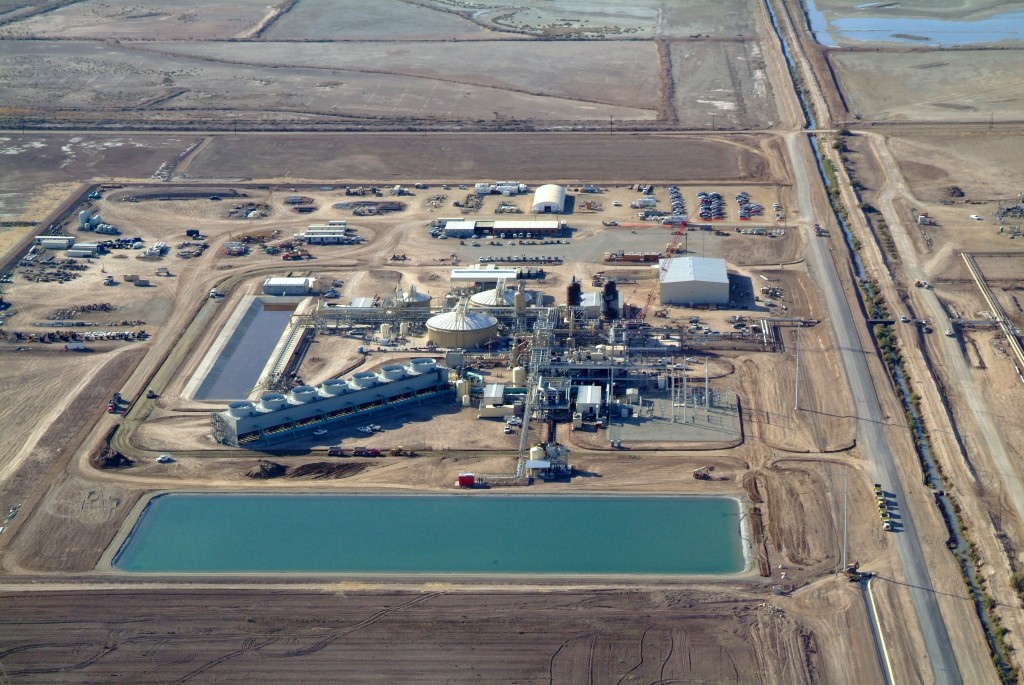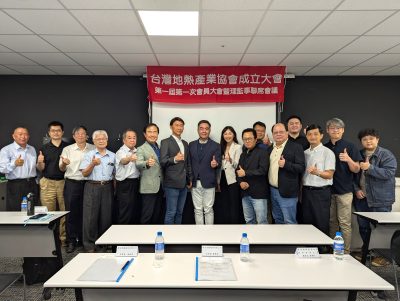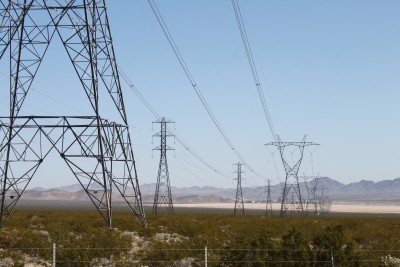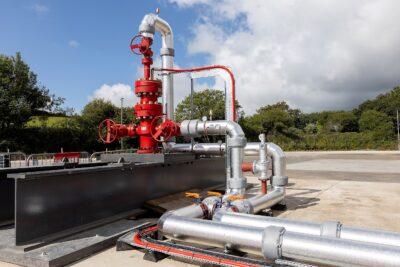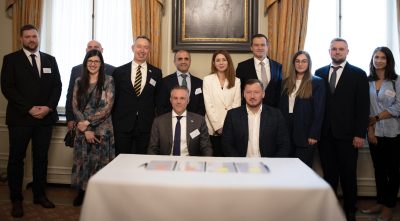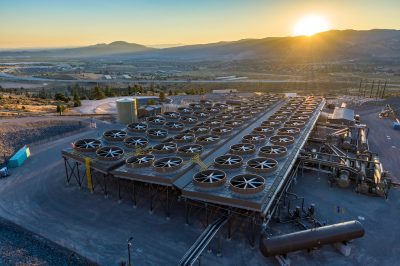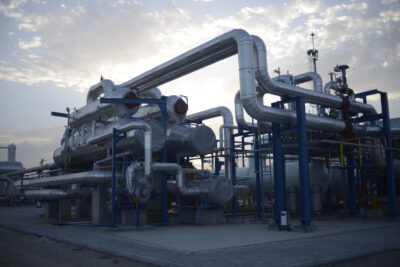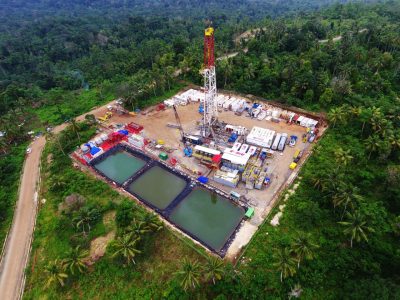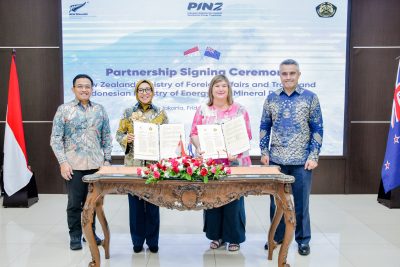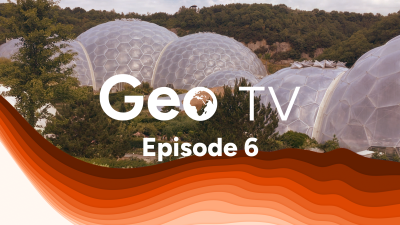Increasing demand for clean energy will make mineral production soar
In the newly released report on the Mineral Intensity of the Clean Energy Transition, the World Bank looks into the mineral demand for the different renewable energy technologies, including geothermal. It does though not look into how geothermal actually could produce some of the minerals required for climate action, e.g. such as Lithium.
A new World Bank Group report – released today – finds that the production of minerals, such as graphite, lithium and cobalt, could increase by nearly 500% by 2050, to meet the growing demand for clean energy technologies. It estimates that over 3 billion tons of minerals and metals will be needed to deploy wind, solar and geothermal power, as well as energy storage, required for achieving a below 2 degrees C future.
The report “Minerals for Climate Action: The Mineral Intensity of the Clean Energy Transition” also finds that even though clean energy technologies will require more minerals, the carbon footprint of their production—from extraction to end use—will account for only 6% of the greenhouse gas emissions generated by fossil fuel technologies. The report underscores the important role that recycling and reuse of minerals will play in meeting increasing mineral demand. It also notes that even if we scale up recycling rates for minerals like copper and aluminum by 100%, recycling and reuse would still not be enough to meet the demand for renewable energy technologies and energy storage.
The interesting part is that the report looks at mostly the mineral demand for development of power generation facilities for the different renewable energy technologies, including geothermal.
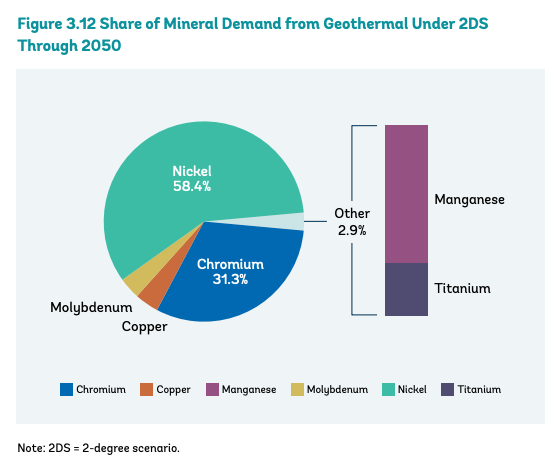
In the estimates by the World Bank the demand for Nickel and Chromium carries the largest share of minerals, yet more importantly the relatively large demand for Titanium, for geothermal represents around 64% of the total demand for Titanium by renewable energy technologies.
“In the context of this World Bank study, it is to state that the report does not look into how geothermal energy actually could supply some of the minerals, e.g. Lithium from the geothermal brine derived by tapping geothermal resources for power generation. So while geothermal requires minerals for its own development, it can be an important source of rare metals.” Alexander Richter, Editor, ThinkGeoEnergy.
In the current global context, COVID-19 is causing major disruptions to the mining industry across the world. In addition, developing countries that rely on minerals are missing out on essential fiscal revenues and, as their economies start to reopen, they will need to strengthen their commitment to climate-smart mining principles and mitigate any negative impacts.
“COVID-19 could represent an additional risk to sustainable mining, making the commitment of governments and companies to climate-smart practices more important than ever before,” said Riccardo Puliti, World Bank Global Director for Energy and Extractive Industries and Regional Director for Infrastructure in Africa. “This new report builds on the World Bank’s long-standing expertise in supporting the clean energy transition and provides a data-driven tool for understanding how this shift will impact future mineral demand.”
The report reveals that some minerals, like copper and molybdenum, will be used in a range of technologies, while others, such as graphite and lithium, may be needed for just one technology: battery storage. This means that any changes in clean energy technology deployments could have significant consequences on demand for certain minerals.
The report is designed to help governments, especially resource-rich developing countries, the private sector and civil society organizations (CSOs), understand how the clean energy transition will impact future mineral demand. It is part of the joint World Bank-IFC Climate-Smart Mining initiative and builds upon the World Bank’s 2017 report “The Growing Role of Minerals and Metals for a Low-Carbon Future.”
World Bank Group Response to COVID-19 (coronavirus)
The World Bank Group, one of the largest sources of funding and knowledge for developing countries, is taking broad, fast action to help developing countries strengthen their pandemic response. We are increasing disease surveillance, improving public health interventions, and helping the private sector continue to operate and sustain jobs. Over the next 15 months, we will be deploying up to $160 billion in financial support to help countries protect the poor and vulnerable, support businesses, and bolster economic recovery, including $50 billion of new IDA resources in grants or highly concessional terms.
The report can be downloaded here (pdf)
Source: World Bank
